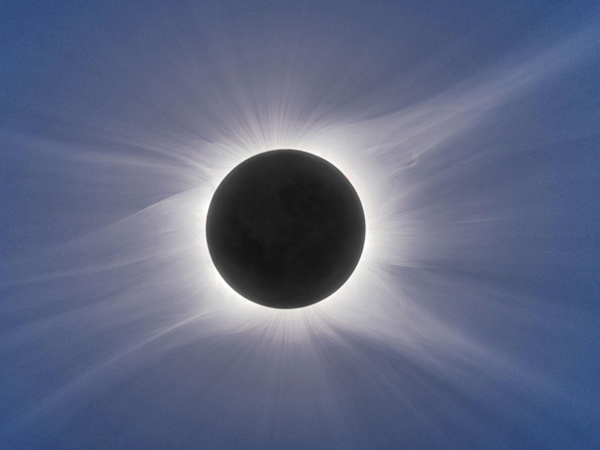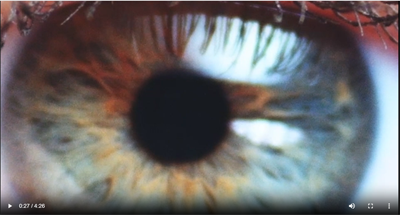
april 8, 2024 ~ bloomington, IN
In Bloomington the entire eclipse experience will be 2hours 33minutes18seconds, and totality will last an incredible 4minutes 2seconds! The moon will begin to cover the sun at 1:49:11pm and will have covered the sun completely at 3:04:52. The sun will remain covered until 3:08:54 and will have completely uncovered the sun by 4:22:29.

During a total solar eclipse, the Moon blocks the Sun’s bright face — the photosphere — briefly revealing our star’s outer atmosphere: the shimmering corona, or “crown.” Made of rarefied gas heated to millions of degrees, with its atoms highly ionized (stripped of electrons), the diaphanous corona gets sculpted into streamers and loops by the Sun’s powerful magnetic field and shines with a light seen nowhere else.
The corona is always there, but we usually can’t see it because the photosphere is about a million times brighter and drowns it out. When the Moon covers the Sun’s bright face, the corona is definitely the main attraction, but there’s so much more to the experience. At the beginning and end of totality, the thin middle layer of the Sun’s atmosphere, the chromosphere, blazes in an arc of ruby red. The sky darkens to a deep twilight blue, with yellow, orange, and pink sunrise/sunset colors on the horizon in all directions. Bright stars and planets shine forth, and the air temperature drops noticeably. Birds and farm animals, thinking dusk has settled, return to their nests and barns, and bats come out to feed.
watch these cool videos

visit these fun links
- Find out How to Shoot Solar-Eclipse Images & Videos
- Be a NASA Citizen Scientist
- Participate in the Eclipse Soundscapes Project
- SCIgames Solar Eclipse Info, Games and Apps
- STAR Library Network Solar Eclipse Games and Activities
- View maps and fly-over animations at Great American Eclipse
- Find a wealth of Eclipse information at NationalEclipse.com
listen to the sun
Listen to Robert Alexander’s “Music from the Sun,” a musical sonification of solar wind data collected by the Advanced Composition Explorer Satellite during 2003.
